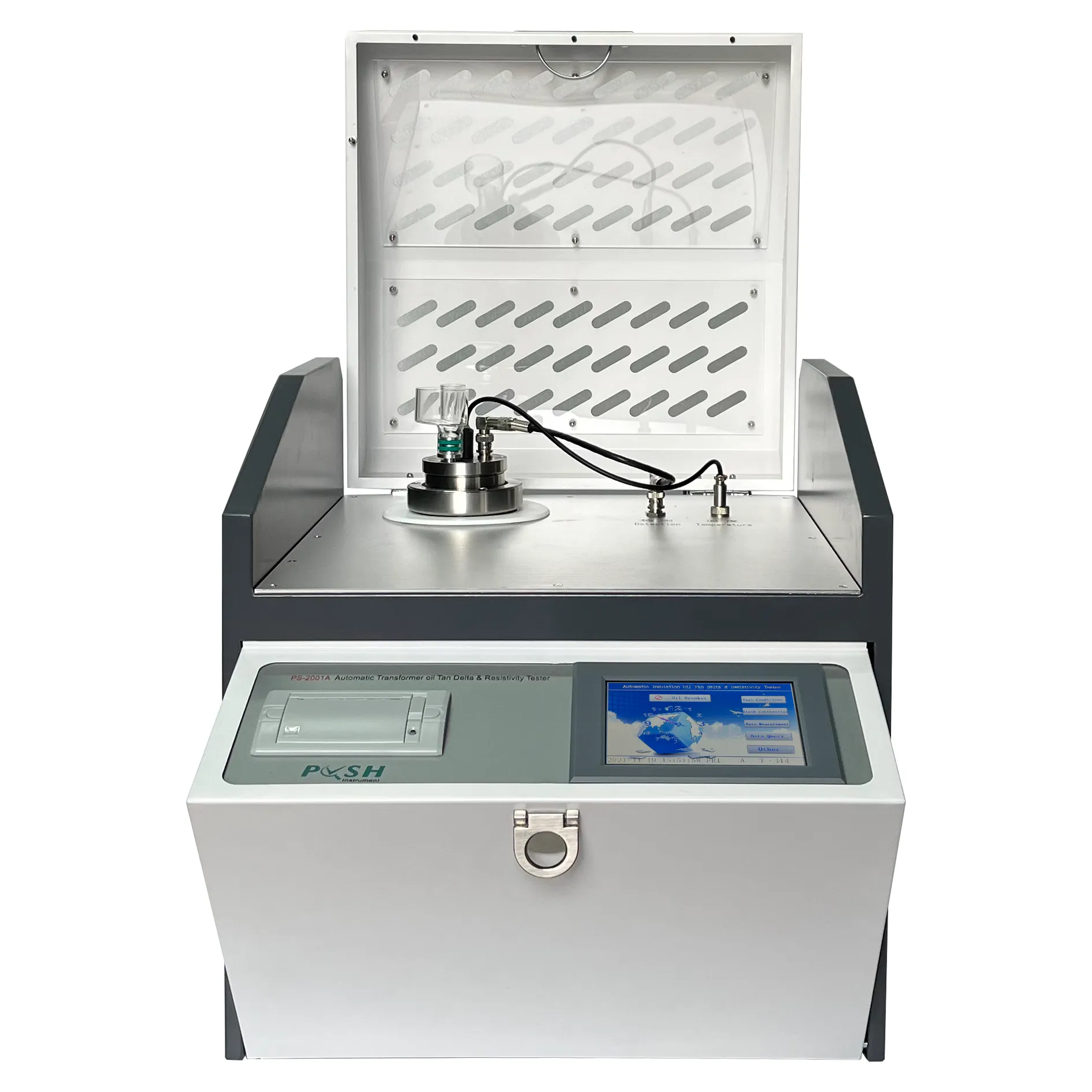 English
English


moisture content test of transformer oil
Moisture Content Test of Transformer Oil
Transformer oil, also known as insulating oil, is a crucial component in the functioning of electrical transformers. Its primary role is to insulate and cool the transformer, enabling it to operate efficiently. However, maintaining the quality of transformer oil is vital, particularly its moisture content, as elevated levels of moisture can significantly impact the performance and lifespan of the transformer.
The presence of moisture in transformer oil can lead to several detrimental effects. First and foremost, it reduces the oil’s dielectric strength, which is essential for preventing electrical discharges that can cause equipment failure. Moisture also promotes the formation of sludge and acids, which can further degrade the oil and corrode the transformer components. Consequently, regular monitoring of moisture levels is necessary to ensure the transformer operates reliably.
To test the moisture content in transformer oil, several methods can be employed. The most commonly used technique is the Karl Fischer titration method, known for its accuracy in measuring water content. This method involves a chemical reaction between the water in the oil and specific reagents, allowing for precise quantification of moisture levels. Typically, results are expressed in parts per million (ppm), providing a clear understanding of the oil's condition.
moisture content test of transformer oil

Another approach is the use of moisture sensors, which can offer real-time monitoring of moisture levels in the oil. These sensors work by measuring changes in the dielectric properties of the transformer oil. While this method may not be as precise as Karl Fischer titration, it allows for continuous tracking and timely detection of any moisture ingress.
To maintain optimal moisture levels, transformers should be equipped with filtration systems that can remove water from the oil. This process often includes vacuum treatment or the use of dehydrating breather systems, which actively absorb moisture from the air and prevent it from entering the oil reservoir. Regular maintenance and oil analysis are vital in ensuring that corrective actions are taken before moisture levels reach a critical point.
In conclusion, monitoring the moisture content of transformer oil is essential for the safe and efficient operation of electrical transformers. Through methods such as Karl Fischer titration and the deployment of moisture sensors, operators can detect and manage moisture levels effectively. By taking proactive measures, including implementing filtration systems and conducting regular oil analyses, the integrity of the transformer can be preserved, ultimately extending its lifespan and enhancing operational reliability.
-
Differences between open cup flash point tester and closed cup flash point testerNewsOct.31,2024
-
The Reliable Load Tap ChangerNewsOct.23,2024
-
The Essential Guide to Hipot TestersNewsOct.23,2024
-
The Digital Insulation TesterNewsOct.23,2024
-
The Best Earth Loop Impedance Tester for SaleNewsOct.23,2024
-
Tan Delta Tester--The Essential Tool for Electrical Insulation TestingNewsOct.23,2024





